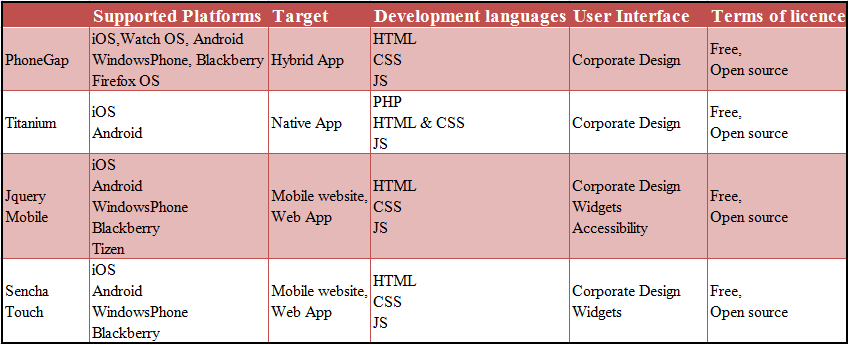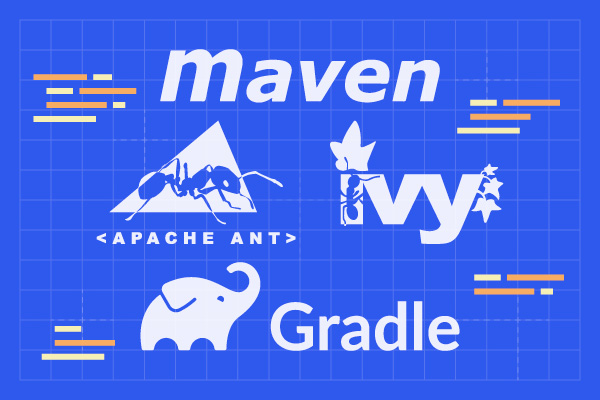In the coming days, web technologies will be used more for building reactive mobile apps which will be a lot easier to develop and also have the ability to interact with native components, let's have a look at some of the cross-platform technologies to build native alike mobile applications.
1.) Flutter :-
Flutter is an open-source mobile application development framework created by Google. It is used to develop applications for Android and iOS, as well as being the primary method of creating applications for Google
Fuchsia.
When considering the speed of app development in all cross platform frameworks, flutter can be considered as the fastest development framework.
Flutter Development Sources :-
a.)
Flutter Installation
b.)
Flutter Documentation
c.)
Flutter Open Source repository
d.)
Flutter for ANDROID developers
e.)
Flutter for IOS developers
f.)
Flutter for WEB developers
g.)
Flutter for REACT NATIVE developers
h.)
Flutter for XAMARIN FORMS developers
i.)
Flutter COOKBOOK
2.) PhoneGap/Cordova :-
PhoneGap is distribution of Apache Cordova. With the help of PhoneGap a web developer can easily develop hybrid applications for mobile platform, without learning mobile development skills by using HTML, CSS and Javascript.
PhoneGap Development Sources :-
a.) www.phonegap.com
b.)
https://github.com/phonegap/phonegap-community
c.)
https://cordova.apache.org/
d.)
https://forums.adobe.com/community/phonegap
e.)
https://plus.google.com/communities/111220599704908202107
f.)
https://geekli.st/community/phonegap
g.) https://books.google.co.in/books?isbn=1849518599
h.)
https://www.quora.com/How-do-I-build-mobile-application-in-PhoneGap
i.)
https://community.oracle.com/thread/3924231
Apart from PhoneGap, there are a few more frameworks that can help convert your JavaScript files to mobile APIs. Xamarin, Ionic, Corona are some honorable mentions.
Appcelerator Titanium is an open source application development platform that allows to create native apps (mobile and desktop) using web technologies, such as HTML, JavaScript and CSS. The Titanium Mobile SDK is one of the most popular cross-platform mobile development solution in use today with over 916109 mobile developers and 460, 587, 474 devices are running Appcelerator powered apps.
Titanium can build scalable apps, based on MVC platform.
Titanium advantages :-
1.) You can use native UI Components.
2.) Alloy Framework works to normalize the UI across platforms.
3.) Its free and open source.
Titanium disadvantages :-
1.) It looks dull unless you are a skilled and capable UI designer.
2.) Slow and sluggish on mobile devices.
4.)
jQuery Mobile : -
jQuery mobile framework takes the “write less, do more” agenda to the next level. It is one of the top JavaScript frameworks for mobile to build an application or mobile-friendly website.
jQuery mobile supports several user interfaces that are compatible with modern platforms such as Android, iOS, and to the earliest of platforms such as Opera Mini and Nokia Symbian. With the help of PhoneGap, you can integrate your jQuery web app code to an interactive iOS or an Android application.
5.)
Sencha Touch :-
Sencha Touch(similar to Ext JS) is said to be the only framework that offers optimal solutions to developers create fast and impressive mobile applications that work on Android, iOS, Kindle Fire, and more. It comes with lots of creative and useful components that work efficiently on all types of mobile applications. Here is a glimpse of its features.
SENCHA TOUCH FEATURES :
SENCHA TOUCH ARCHITECTURE :
PHONEGAP vs
TITANIUM vs
Jquery Mobile vs
Sencha Touch :-
6.)
React Native
If you are fond of native mobile applications, you are majorly left with two options - Xamarin and React Native. Xamarin allows you only to write the same kind of code while programming natively similar interface design tools and similar calls.
React Native (from Facebook) on the other hand, takes an entirely different path toward native app development – JavaScript code, CSS-alike style-sheets and all-too-familiar, HTML-alike tags for layout. Here’s a graph for clear understanding of React Native popularity

7.)
Meteor
Meteor is yet another JavaScript framework that can help you develop in interactive mobile applications. Meteor not only allows your JavaScript code for mobile apps but also it gives you ongoing control over your app. With this feature you can update the JavaScript code without developer’s help and use the hot code push function to immediately deploy the changes to users on all mobile platforms.
Another specialty of Meteor(version: 1.0) is that it maintains a local copy of data by implementing its miniMongo database in phone internal memory. All of the phone-to-server data communication and synchronization are provided by Meteor. MiniMongo is a JavaScript implementation of the MongoDB API. Here’s the architecture-
METEOR PLATFORM OVERVIEW :
NativeScript is a
Telerik invention for building multi-platform native mobile applications from a single code source. The NativeScript site and GitHub page depict the runtime as empowering developers to utilize JavaScript and TypeScript (even Angular 2.0) to build native apps for Android, iOS, and Windows Phone (using the windows universal system) and offer code over the platforms.
Here is the architecture that NativeScript follows-
Ratchet is another essential element in the top JavaScript frameworks for mobile development list. It aims to provide developers & designers with a framework for building mobile-web apps.
The framework is created by the same team that brought the popular Bootstrap framework to you, which assures the high quality of Ratchet. Whether you want to target Android, iOS, or both, Ratchet 2.x is up for the job.
One of the top JavaScript frameworks for mobile is "Mobile Angular UI”. If you are an Angular fan, then this framework is for you. It provides essential mobile components that Bootstrap 3 misses. Switches, overlays, scrollable areas, sidebars, absolute positioned top and bottom navbars that don’t bounce on the scroll are some of the features to mention.
Related:
However, with the release of Angular 2, concepts has changed a bit. So for Angular 2 admirers
Onsen UI 2.0 can be a good choice.
The bottom line -
Choosing the right JavaScript framework for mobile is never about the number of features that the particular framework can offer. It’s about the true functionality of the framework and how that functionality can be applied properly within your own mobile app development project. Hence, choose one of these top JavaScript frameworks for mobile as per your project needs and save time and cost.












I got some valuable points through this blog. Ecommerce Development Company In Dubai
ReplyDeleteCross-platform mobile applications are receiving a lot of popularity these days. Frameworks like Xamarin etc. are preferred for developing platform-independent apps. Thank you for sharing this. Android app development company Bangalore
ReplyDelete